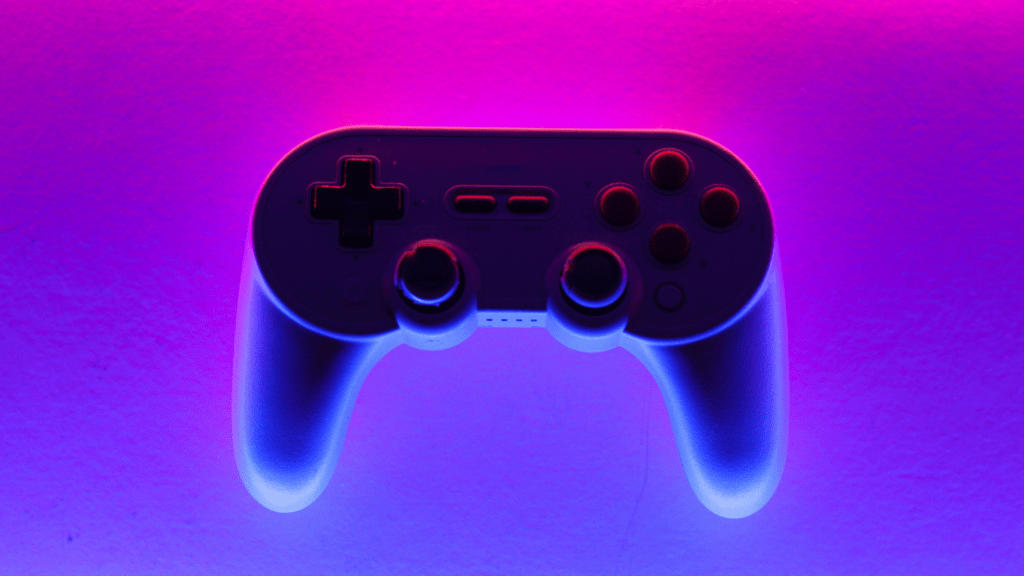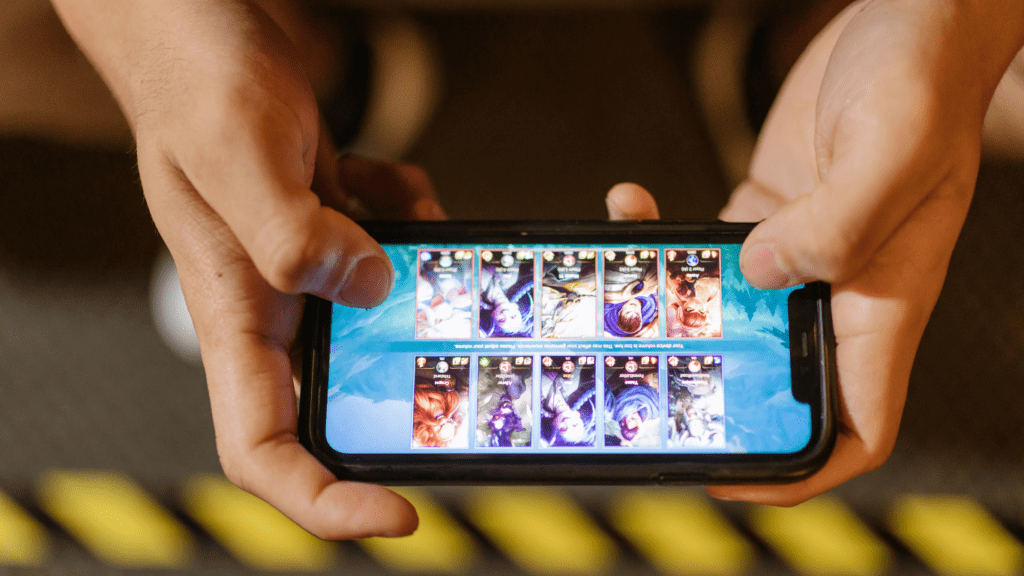As a passionate gamer, I’ve always believed that everyone should have the opportunity to experience the joy of playing video games, regardless of their abilities. In recent years, the gaming industry has made significant strides in improving accessibility for players with disabilities, recognizing the importance of creating inclusive experiences for all. From customizable controls to audio cues and visual aids, game developers are increasingly focusing on making their titles more accessible to a wider audience.
In this article, I’ll delve into the world of accessibility in gaming, exploring the innovative technologies and design features that are revolutionizing the way players with disabilities can enjoy their favorite games. By highlighting the progress made and the challenges that still exist, I aim to shed light on the importance of inclusivity in gaming and the positive impact it has on the community as a whole.
The Importance of Accessibility in Gaming
Ensuring accessibility in gaming is not just a trend; it’s a crucial aspect that enhances the overall gaming experience for players with disabilities. As a gamer, I understand the significance of inclusivity in gaming and recognize the positive impact it can have on the entire gaming community.
Understanding the Benefits for Disabled Players
As a player with a disability, having accessible gaming features can make a world of difference. Customizable controls, subtitles, color-blind options, and other accessibility features enable me and many others to fully engage in gaming. These elements not only empower disabled players to enjoy games but also foster a sense of belonging within the gaming community.
Legal and Ethical Considerations
From a legal and ethical standpoint, ensuring accessibility in gaming is not just a matter of compliance but also a reflection of inclusivity and respect for diversity. As a responsible member of the gaming industry, I recognize the importance of upholding the rights of players with disabilities. By implementing accessible design features, game developers not only meet legal requirements but also contribute to a more inclusive and equitable gaming landscape.
Key Accessibility Challenges in Video Games
Accessibility in video games is crucial to ensure that players with disabilities can enjoy gaming just as much as anyone else. Addressing key challenges in this area is essential for creating a more inclusive gaming environment.
Visual Impairments and Gaming
Visual impairments pose significant challenges for players, affecting their ability to perceive important in-game information. Features such as customizable text sizes, high contrast modes, and screen reader support can significantly enhance the gaming experience for players with visual impairments.
Auditory and Communication Barriers
Players with auditory impairments face obstacles in games that rely heavily on sound cues for gameplay. Providing visual cues, subtitles, and alternative text-based instructions can help bridge the communication gap and ensure that all players, regardless of their hearing abilities, can fully engage with the game.
Mobility Challenges and Game Interaction
Mobility challenges can hinder gameplay for players with physical disabilities. Implementing customizable controls, button remapping, and alternative input methods such as voice commands or eye tracking technology can empower players with mobility limitations to interact with games more comfortably and enjoyably.
Current Solutions and Technologies
When it comes to enhancing accessibility in gaming for players with disabilities, there are various innovative solutions and technologies available. These advancements play a significant role in ensuring that all gamers can enjoy a seamless and inclusive gaming experience.
Adaptive Controllers and Hardware

Adaptive controllers and specialized hardware have revolutionized gaming for players with disabilities. These controllers are designed to be customizable and cater to a wide range of needs. They often feature programmable buttons, switches, and joysticks that can be adjusted based on individual requirements. For example, players with limited mobility can benefit from controllers that allow them to use their preferred input method, such as foot pedals or head tracking devices. These adaptive controllers ensure that players can enjoy games comfortably and play to the best of their abilities.
Software Solutions and Customizable Interfaces
In addition to adaptive hardware, software solutions and customizable interfaces have played a crucial role in making games more accessible.
- Adjustable Settings: Game developers are increasingly incorporating features that allow players to adjust settings based on their specific needs.
- Customizable Interfaces: Enable players to personalize aspects such as text size, color schemes, and audio settings.
- Subtitle Options: Have become more prevalent, enhancing the gaming experience for players who are deaf or hard of hearing.
These software solutions not only make games more inclusive but also demonstrate the industry’s commitment to prioritizing accessibility for all players.
Case Studies: Success Stories in Accessible Gaming
I’m excited to showcase some success stories in accessible gaming that highlight the effective implementation of inclusive features in mainstream titles as well as the innovative approaches taken by indie developers to enhance accessibility for players with disabilities.
Mainstream Games with Successful Accessibility Features
In mainstream gaming, titles like “The Last of Us Part II” and “Assassin’s Creed Valhalla” have gained recognition for their comprehensive accessibility features. These games offer a range of options such as customizable controls, extensive subtitle settings, color-blind modes, and audio cues for players with different abilities. By incorporating these features, mainstream developers have set a high standard for accessibility in the industry.
Indie Developers and Accessibility Innovations
Indie developers have also made significant strides in promoting accessibility. Games like “Celeste” and “Hyperdot” have been praised for their attention to detail in providing inclusive gameplay experiences. These developers often experiment with unique accessibility features, such as single-handed controls, simplified mechanics, and customizable difficulty settings tailored to individual player needs. Their innovative approaches demonstrate the importance of creativity and dedication in making games accessible to all.




